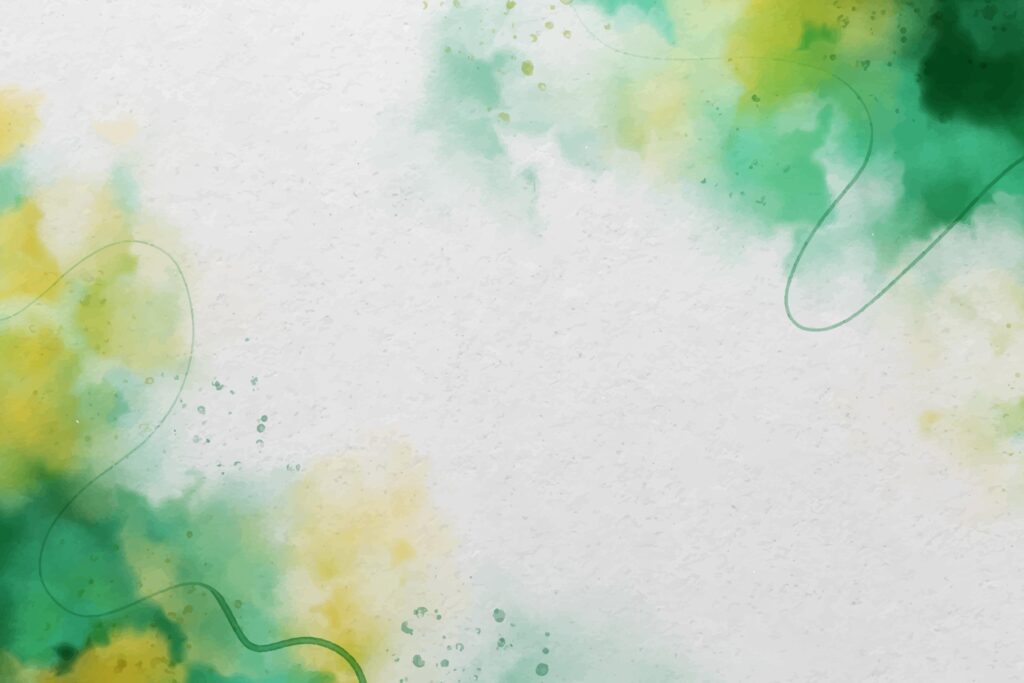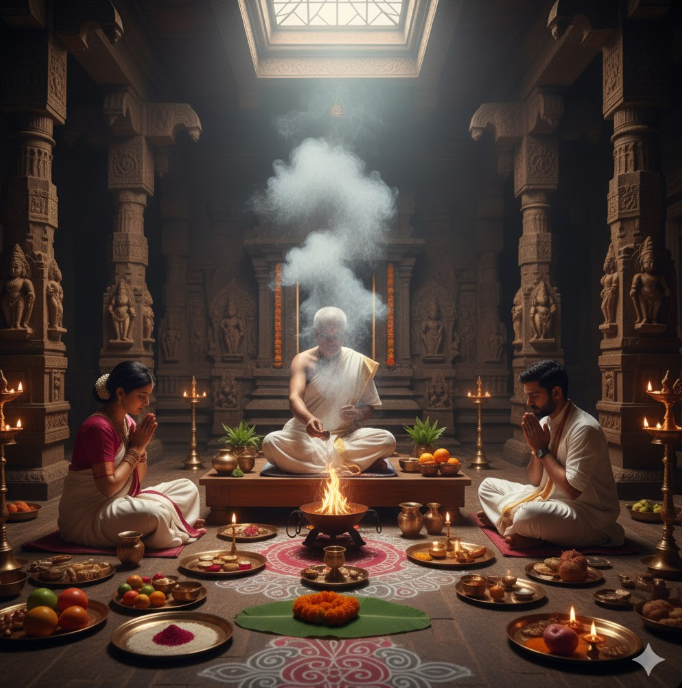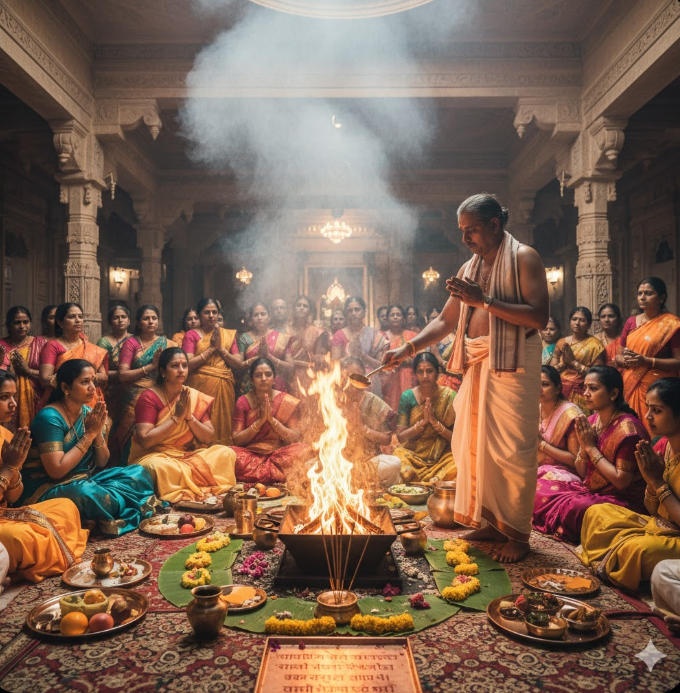Thanjavur Paintings, also known as Tanjore Paintings, are one of the most celebrated classical art forms of South India. Originating in the historic town of Thanjavur, Tamil Nadu, these paintings are renowned for their rich colors, intricate details, and the lavish use of gold foil. More than just an art form, Thanjavur paintings are a spiritual expression deeply rooted in devotion and culture.
History of Thanjavur Paintings
Thanjavur Paintings trace their origins back to the 16th century, during the reign of the Nayak rulers and later flourished under the Maratha dynasty. Encouraged by royal patronage, artists blended Dravidian temple art, Deccan influences, and Maratha styles to create what we now know as Thanjavur paintings.
Originally, these artworks were created as devotional pieces to adorn temples and palaces, often depicting Hindu gods and goddesses, saints, and mythological stories. Over time, the art form became a household tradition, passed down through generations.
Unique Features of Thanjavur Paintings
What makes Thanjavur Paintings stand out is their luxurious and divine appearance. Some defining features include:
- Use of Gold Foil: The paintings are embellished with genuine 22-carat gold foil, giving them a radiant, timeless glow.
- Religious Themes: Most paintings depict deities like Lord Krishna, Lord Ganesha, Goddess Lakshmi, and other Hindu gods.
- Relief Work (Embossing): Artists use gesso (a mixture of chalk and adhesive) to create raised surfaces, adding depth and dimension.
- Vibrant Colors: Natural dyes and mineral colors were traditionally used, though modern artists use synthetic paints as well.
- Traditional Materials: The base is usually a wooden plank (plywood or teak), layered with cloth and limestone paste for durability.
Step-by-Step Process of Making a Thanjavur Painting
Creating a Thanjavur painting is a detailed and labor-intensive process:
1. Preparing the Base
A wooden plank is coated with cloth soaked in chalk powder and tamarind paste. This forms a smooth, durable surface.
2. Sketching the Design
The artist sketches the outline of the deity or subject with precision.
3. Creating Relief Work
The embossed effect is made using a paste of limestone and adhesive, especially around ornaments, crowns, and jewelry.
4. Applying Gold Foil
Thin sheets of pure gold foil are pasted over the embossed areas to highlight the grandeur.
5. Coloring the Painting
Natural or synthetic colors are applied to bring life to the artwork. Bright reds, blues, and greens are common.
6. Final Touches
Fine detailing is added, particularly on the deity’s eyes and ornaments, making the painting vibrant and divine.
Symbolism in Thanjavur Paintings
- Gold foil symbolizes prosperity and divinity.
- Religious motifs represent devotion and spirituality.
- Raised embellishments highlight the divine grandeur of gods and goddesses.
These elements make the paintings not just decorative but also sacred objects of worship in many South Indian households.
Modern Relevance of Thanjavur Paintings
While traditional Thanjavur Paintings were centered on Hindu gods, modern artists experiment with themes like portraits, birds, and cultural motifs. Today, they are sought-after collectibles and gifts, often used for weddings, home décor, and temple offerings.
Where to Buy Authentic Thanjavur Paintings
- Thanjavur town itself is the best place to purchase authentic pieces.
- Government emporiums and certified art galleries across Tamil Nadu and India also sell them.
- Many artisans have adapted to online platforms, making it possible to buy authentic Thanjavur paintings worldwide.
Frequently Asked Questions (FAQs)
1. Why are Thanjavur paintings famous?
They are famous for their rich colors, embossed designs, and gold foil work, which make them stand out as both art and spiritual icons.
2. What materials are used in Thanjavur paintings?
Wooden planks, cloth, chalk paste, limestone, adhesives, natural or synthetic paints, and 22-carat gold foil.
3. Which themes are common in Thanjavur paintings?
Most paintings depict Hindu gods and goddesses such as Krishna, Lakshmi, Saraswati, and Ganesha, along with mythological stories.
4. Are Thanjavur paintings expensive?
Yes, authentic ones can be expensive due to the use of real gold foil and the time-intensive craftsmanship. Prices vary depending on size, intricacy, and authenticity.
5. Can Thanjavur paintings be customized?
Yes, many artisans create customized paintings for personal use, weddings, or temple offerings, while still preserving traditional methods.





Leave a Reply